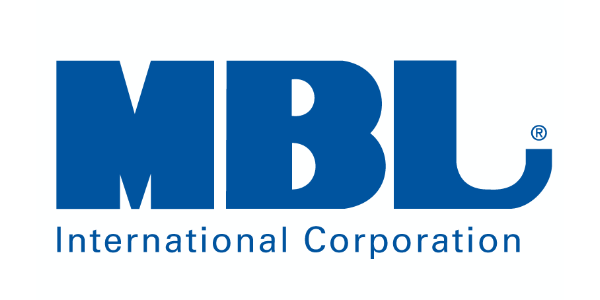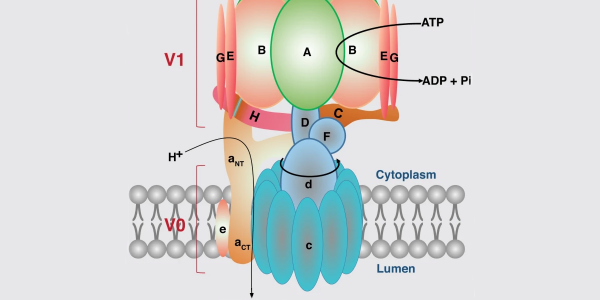The mammalian homologue of Atg8, LC3, is the most actively studied and frequently used as a mammalian autophagy marker.
LC3


The mammalian homologue of Atg8, LC3, is the most actively studied and frequently used as a mammalian autophagy marker.

MBLI’s autophagy reagents include important targets such as LC3, p62/SQSTM1, ATG12, ATG14, ATG16L, ATG9, ULK1, and more.

AdipoGen is a manufacturer of Bafilomycin A1 – a specific vacuolar-type H+-ATPase inhibitor that distinguishes among different types of ATPases.
In 2016, Dr. Tanaka, Dr. Yoshimori, and their colleagues clarified that increased expression of Rubicon in liver causes fatty liver. This was the first report to demonstrate fatty liver is caused by suppression of autophagy in an acquired environment. In this
Mechanisms of Autophagy The ubiquitin-conjugating protein p62/SQSTM1 is thought to be a scaffold protein that interacts with a variety of molecules involved in toll-like receptor (TLR) signaling, such as TRAF6, ERK, and aPKC. Recent evidence suggests that p62 binds directly
The process of autophagy was first recognized in the late 1950s and it was thought of as bulk “junk” removal. Then, dedicated scientists did a little more digging and found there is an amazing methodology to the “junk” removal. It
What are LC3 isoforms all about? What do they do? How are they different? How are they involved in autophagy? Autophagy is a pretty important cellular process. It allows a cell to survive a state of starvation. What this means
What does autophagy flux mean? You have come to the right place to learn a little more about autophagy flux and how MBL International’s Autophagy Watch kit can help you. Autophagy allows for cell survival during subprime conditions, such as nutrient